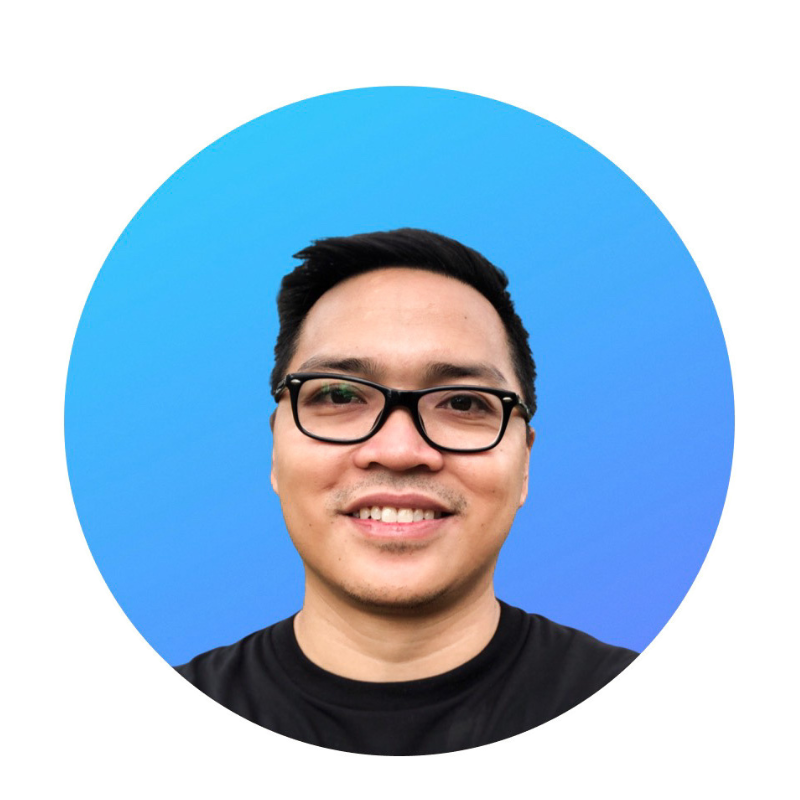
Facebook ad testing is an essential aspect of improving the performance of your Facebook ads. By testing different elements of your ads, such as ad copy, images, and audiences, you can determine which versions perform the best in your chosen objective and make informed decisions about your ad campaigns.
In this article, we will provide a comprehensive guide on how to test and optimize your Facebook ads effectively.
Table of Contents
Define Your Testing Goals

Before you begin testing, it’s essential to define your testing goals. What do you want to achieve with your test? Are you looking to improve click-through rates (CTR), conversion rates (CVR), return on ad spend (ROAS), or something else?
- To improve the Click-through rate (CTR), test several variants of your creatives. You can try images, videos, video orientation (portrait or landscape), carousel, or dynamic creative.
- If you want to improve the Conversion rate (CVR), there are a lot of elements to test. This includes but is not limited to the creatives, ad copy, CTA, landing page, pricing, etc
- To improve Return on ad spend (ROAS), you must test everything. ROAS is the ratio of ad spend and sales. The higher the value, the better it is for your business.
How to Calculate Return on Ad Spend (ROAS)
Clear testing goals will help you focus your tests and measure their success.
Choose What to Test

Once you have defined your testing goals, you can choose which elements of your ad to test. Some common elements to test include ad copy, creatives (images or videos), audiences, ad placements, pricing, and landing page.
Use A/B Testing
A/B testing is a built-in marketing tool in Facebook Ads Manager that allows you to compare two ad versions and determine which performs better. You can set how to identify the winner between the two versions based on a specific goal.
For example, you can test different versions of your ad copy or images and see which one gets a higher click-through rate.
Use Multivariate Testing
While A/B Testing allows you to test 2 variants, multivariate testing allows you to test multiple ad elements simultaneously. This method is more efficient and helpful in testing more complex changes to your ad and can provide more detailed insights into what works and what doesn’t.

Need Help Running Facebook Ads?
I have generated more than $450,000 in sales for real estate and e-commerce businesses in 2023 from 2 to 32 ROI.
I can do the same for you! Interested?
Contact Me Now
Use Facebook’s Built-in Ad Testing Tools
Facebook offers several built-in ad testing tools that you can use to test different elements of your ad. These tools include A/B Testing, Ad Delivery Optimization, and the ability to create Split-Test Campaigns.
Use Third-party Ad Testing Tools
There are also several third-party ad testing tools that you can use to test and optimize your Facebook ads. These tools offer more advanced features and can provide more detailed insights into your ad performance.
Some of the third-party tools that are worth trying are AdEspresso and AdRoll.
Analyze Your Results

Once your test is complete, say after a few days or weeks, it’s essential to analyze your results and determine which ad performed the best. Look at the metrics such as click-through rate, conversion rate, and return on ad spend to determine the success of your test.
If you’re using Facebook’s A/B Testing, the test automatically stops once it identifies a winner. But if you’re testing manually, run it for a couple of days (i.e., 7-14 days) to determine the winning version.
There should be at least a 30% difference to identify a winning version. If it’s less than 30%, it’s not a guarantee that the winning version is better or worth the money, spending more budget for scaling.
Implement Your Findings
Based on the results of your tests, implement the best-performing ad into your campaign and make any necessary adjustments.
Sometimes you’ll encounter instances when there is no clear winner. It happens when the goals are not met, and the versions you are testing are underperforming. In this case, you should perform the test again with a fresh set of different versions.
The Golden Rule of Facebook Ad Testing
When doing ad testing, it is crucial to consider this golden rule for best results and a better workflow.
The Golden Rule
In manual testing, only test one element at a time. This means that if you’re testing one element, the other elements should be the same.
Final Thoughts
Ad testing and A/B testing are ongoing processes, and it’s essential to continuously test and optimize your ads to ensure that they are reaching the right audience and achieving your marketing goals.
You should never aim for a maximum return during testing. The purpose of testing is to identify a winning version of your ad campaign. You can then maximize ROAS by implementing the testing results and scaling your ad.
Using the tips outlined in this guide, you can effectively test and optimize your Facebook ads to improve their performance and drive better results for your business.

